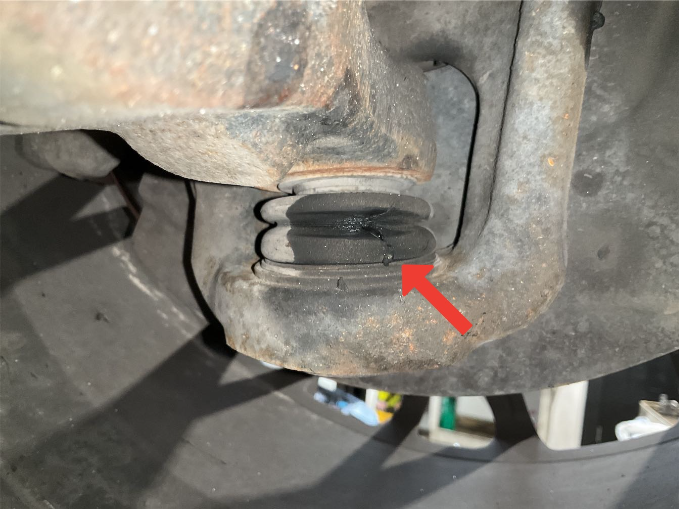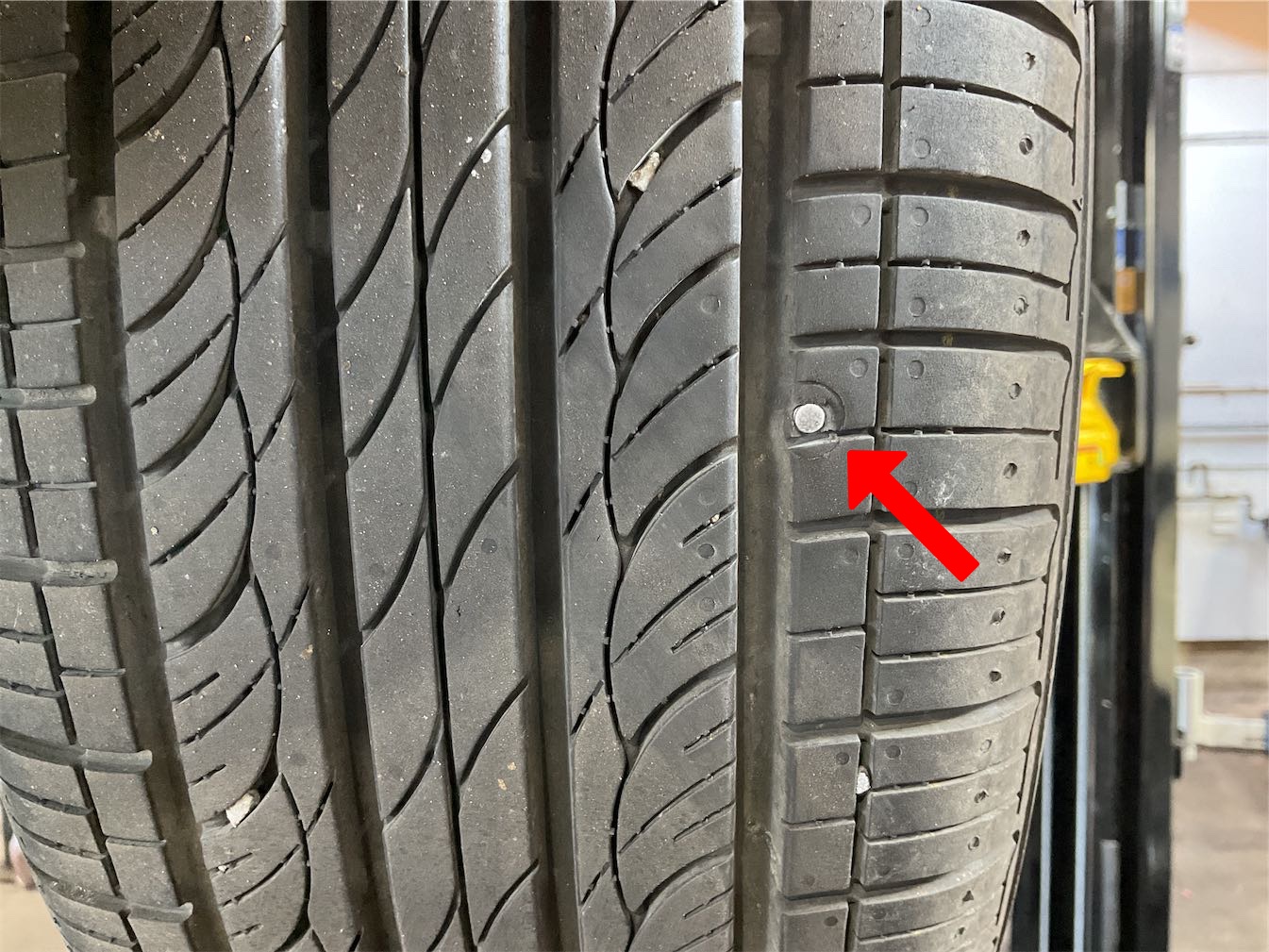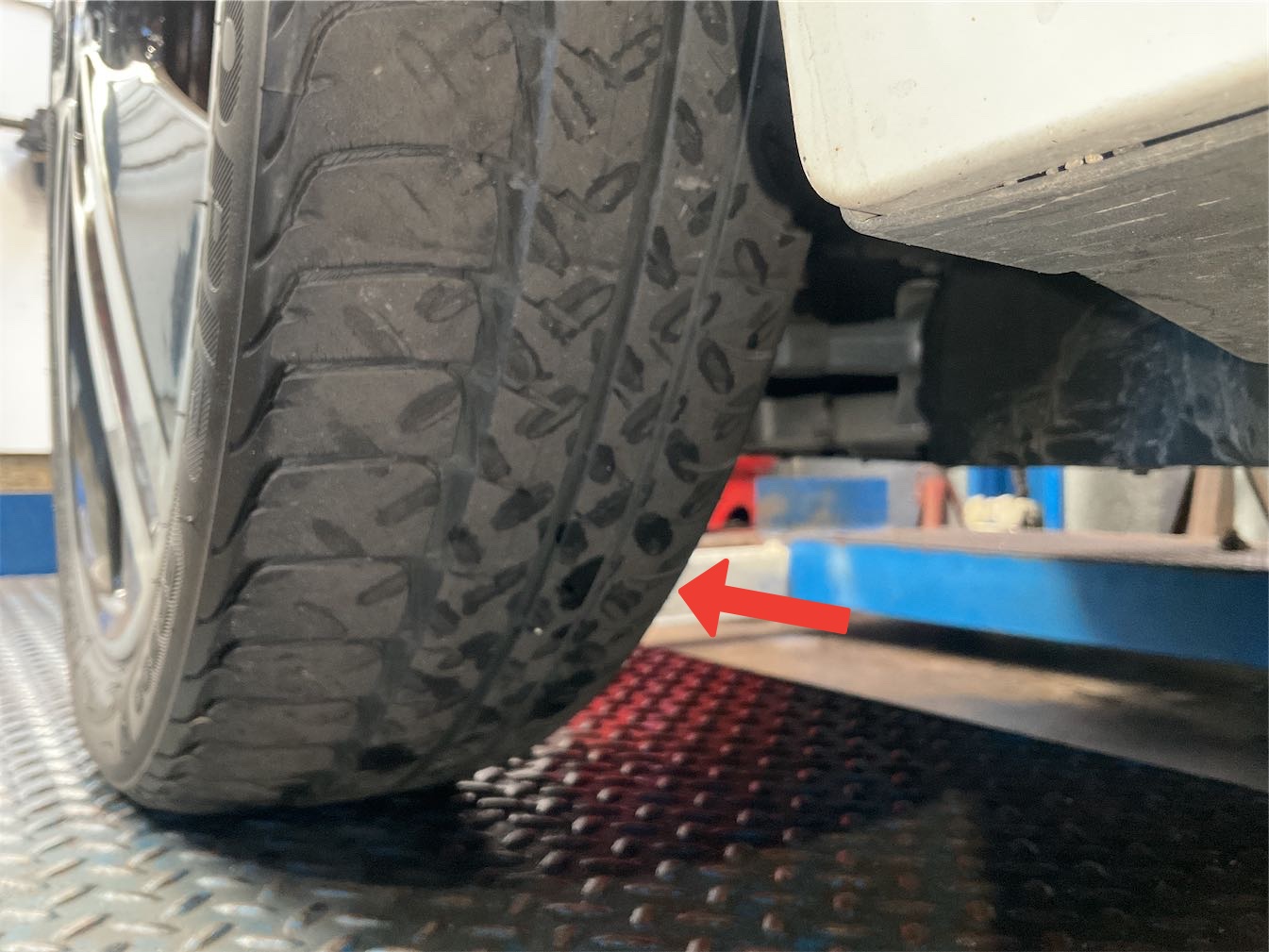Posted on 12/23/2024

Living in Monterey means enjoying a temperate climate year-round, but our coastal weather can still take a toll on your vehicle. From preparing for damp winters to ensuring your car runs cool during summer road trips, preventative maintenance is key. Here’s how to keep your car ready for Monterey’s seasons. Preparing Your Car for Monterey’s Mild WintersDo I Need to Check My Tires in the Winter Here? Yes! Even with milder winters, rainy weather can lead to slick roads. Ensure your tires have adequate tread and are properly inflated. If you frequently head to snowy areas, consider all-weather or winter tires. What Fluids Should I Check for a Monterey Winter?Coolant/Antifreeze: Protect your engine against moisture and occasional cooler nights. Windshield Washer Fluid: Opt for a formula that works well in rainy conditions to maintain clear visibility. Why is a Battery Ch ... read more
Posted on 12/16/2024

How Worn Control Arm Bushings Impact Tire Wear Worn control arm bushings can quietly but significantly impact your vehicle’s suspension, ultimately leading to premature tire wear. Control arm bushings work similarly to cartilage in human joints, providing a flexible cushion between various suspension components. When these bushings wear out, however, they lose their ability to stabilize and align the control arm correctly. This misalignment can create issues that cause uneven and accelerated tire wear, often resulting in costly repairs down the line. Effects on Tire Wear Misaligned Wheels Worn bushings allow the control arm to shift, throwing off the wheel’s alignment. This can result in uneven tire wear, most commonly observed on the outer edges of the tire. Premature Tire Degradation Misaligned wheels place additional stress on tires, leading to faster wear. Drivers may find themselves needing tire replacements more ... read more
Posted on 12/9/2024

How to Check Your Tire Pressure Ensuring your tires are properly inflated is essential for safe driving, better fuel efficiency, and extending the life of your tires. Here’s a step-by-step guide to help you check your tire pressure effectively: 1. Gather What You Need Start with a tire pressure gauge. You’ll find digital, dial, or stick gauges at auto supply stores. Digital gauges are user-friendly, while dial and stick gauges are classic options. Brands like Accutire and Milton are known for reliable gauges. 2. Find the Recommended Pressure Locate the recommended PSI (pounds per square inch) for your vehicle. Check your owner’s manual or look for a label inside the driver’s side door jamb. 3. Check Tire Pressure When Cold For an accurate reading, check your tire pressure when the tires are cold. This means waiting at least three hours after driving or checking first thing in the morning. 4. Remove the Valve Cap Unscrew the valve cap fr ... read more
Posted on 12/2/2024

How to Check Tires for Uneven Wear Keeping your tires in peak condition is essential for their lifespan and safety. Here's how to effectively check for uneven wear: Park on a Level Surface: Begin by finding a flat surface to park your vehicle. This ensures stability while you inspect all four tires. Visual Inspection of Tread: Look closely at the tread of each tire. Examine the surface for any sections that appear more worn down than others. Use a Tread Depth Gauge: For more accuracy, you can use a tread depth gauge. If you don’t have one, a quarter can be an alternative tool—insert it into the tread grooves to measure depth. Compare Tire Sides: Inspect both the inner and outer edges of each tire. Look for any significant differences in wear patterns or signs of feathering. Check for Damage: Scan for visible damage like cracks or bulges, which can be indicators of more serious iss ... read more